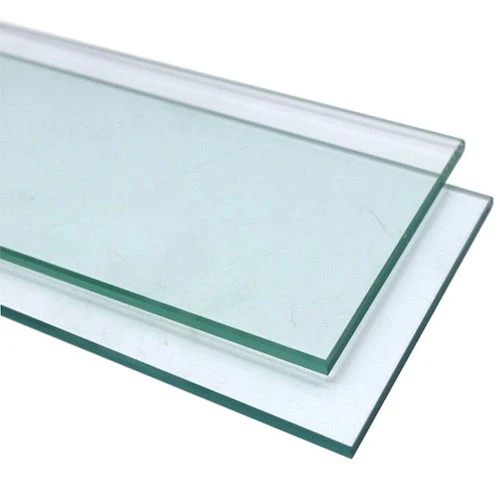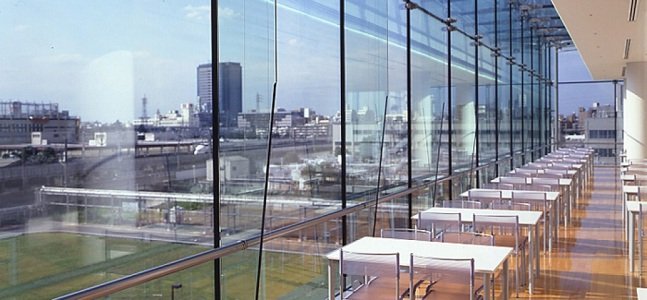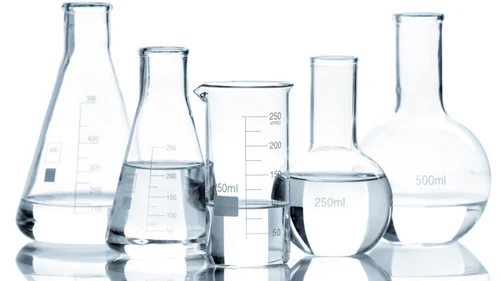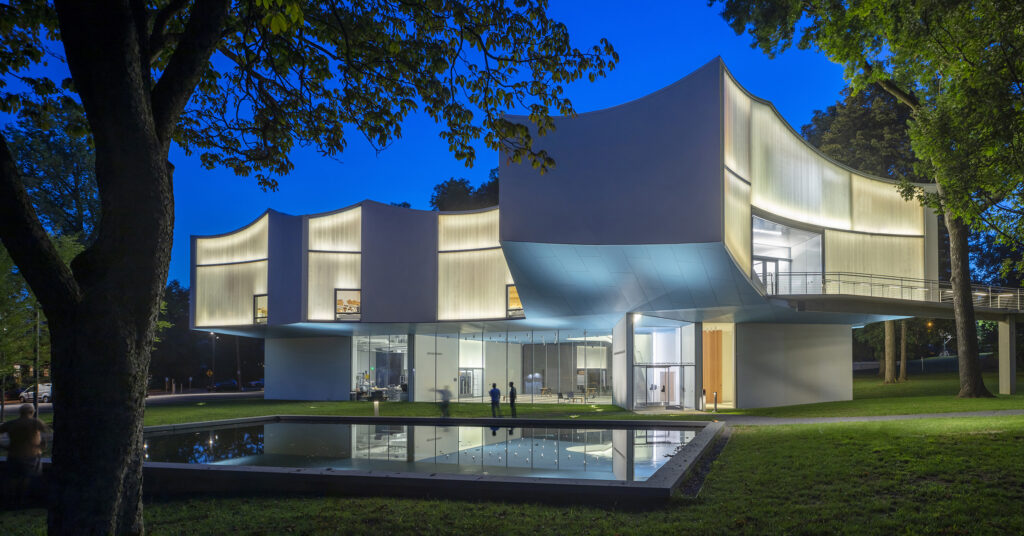Table of Contents
ToggleIntroduction to Clear Float Glass
At first glance, clear float glass might seem like just another everyday material—used in windows, doors, or basic picture frames. But dive a little deeper, and you’ll discover this seemingly simple material is actually a silent enabler of innovation across architecture, technology, environmental design, and even fine arts.
We interact with float glass daily—often without noticing its presence. It’s in the skyscrapers we admire, the solar panels powering homes, the mirrors we use, and even the aquariums we gaze into. And guess what? These are just the tip of the iceberg. Let’s explore the top 7 surprising uses of clear float glass that you probably never knew about.
What is Clear Float Glass?

Float glass is the most commonly produced type of flat glass. It’s made by floating molten glass on a bed of molten tin—a method perfected in the mid-20th century and still widely used today. This process results in an exceptionally flat, clear, and uniform glass sheet, often used as the base material for other types of processed glass, like tempered or laminated glass.
How is Clear Float Glass Made?
The float glass process begins with raw materials—mainly silica sand, soda ash, limestone, and dolomite. These are melted in a furnace at temperatures reaching 1,500°C. The molten glass is then poured onto a bath of molten tin. Gravity and surface tension help the glass spread out and flatten, creating a perfectly even sheet
As the glass floats over the tin, it is cooled gradually and then passed through an annealing lehr—a controlled cooling chamber that relieves internal stresses. The result? A crystal-clear, distortion-free pane that’s ideal for a range of surprising applications.
Use #1: Solar Energy Applications

Photovoltaic Panels
One of the most impactful uses of clear float glass is in the renewable energy sector—especially in photovoltaic (PV) solar panels. The top layer of a solar panel is usually made of low-iron float glass due to its high transparency and excellent weather resistance.
This type of glass allows maximum sunlight to reach the photovoltaic cells underneath while providing physical protection against environmental factors such as hail, dust, or heavy rains
Solar Collectors and Greenhouses
Clear float glass is also widely used in solar thermal collectors, where it helps trap solar heat for residential or industrial water heating systems. Likewise, greenhouses often use float glass because of its clarity and ability to retain warmth while allowing maximum sunlight penetration—vital for optimal plant growth.
These applications make clear float glass a key material in sustainable energy systems, playing a crucial role in the global shift toward eco-conscious living.
Use #2: Interior Design and Architecture

Transparent Room Dividers
Forget boring brick walls—modern homes and offices are embracing open, transparent layouts that allow for more natural light and visual flow. Clear float glass is the go-to material for such spaces, acting as elegant, minimalist room dividers that don’t compromise on privacy or structure.
These dividers are often laminated or frosted for added safety and aesthetics, transforming dull interiors into open, contemporary spaces full of character.
Glass Staircases, Floors, and Balconies
Believe it or not, you can actually walk on float glass—especially when it’s toughened or laminated for strength. Today’s luxury homes, malls, and commercial spaces use float glass to build floating staircases, transparent balconies, and even glass floors, giving a futuristic vibe that’s both sturdy and stylish.
Structural Support & Aesthetic Value
Float glass used in these architectural applications isn’t just pretty—it’s practical. When engineered properly, it can bear significant loads, resist impacts, and add sleek modernity that metal or concrete just can’t match.
Use #3: Smart Mirrors and Interactive Displays

How Smart Mirrors Work
You’ve probably seen them in high-end stores or futuristic bathrooms—smart mirrors that display the weather, news updates, or even your schedule. These marvels are made possible by combining clear float glass with display panels and sensors.
A layer of reflective coating is applied to float glass, behind which a screen is placed. This allows light from the screen to pass through selectively, while the mirror still reflects your image.
Touchscreen Interfaces in Commercial Settings
In malls, airports, and interactive kiosks, float glass is used in touchscreen interfaces that are both durable and highly responsive. Because of its smooth, anti-glare surface, it enhances user interaction while standing up to frequent use and cleaning.
Float glass in smart devices proves it’s not just about looks—it’s a functional component of the next-gen digital experience.
Use #4: Aquariums and Water Features

Large-Scale Public Aquariums
If you’ve ever visited a large aquarium and stood in awe behind a massive wall of glass separating you from sharks and stingrays, you’ve encountered ultra-thick laminated float glass. This glass offers both clarity and strength, enabling safe viewing while containing tons of water pressure.
Many of these installations involve float glass several inches thick, often curved or shaped to match creative architecture.
Home and Office Water Installations
Smaller, indoor water features—like decorative waterfalls, fountains, or wall cascades—also use clear float glass to maintain that luxurious, Zen-like effect while ensuring durability. Its water resistance and transparency make it the perfect choice for wet or humid environments
Use #5: Optical Instruments and Scientific Equipment

Precision Lenses and Filters
In science and optics, accuracy is everything. High-quality float glass is used to manufacture optical lenses, filters, beam splitters, and cover glasses. These instruments require extreme dimensional stability and clarity, both of which float glass provides.
Lab-Grade Transparency
Float glass also appears in laboratory equipment like microscope slides, chemical-resistant work surfaces, and protective enclosures for sensitive tests. Its high chemical stability and smoothness make it ideal for maintaining a sterile and visible environment
Use #6: Safety and Security Installations

Laminated and Bulletproof Glass
When you layer clear float glass with PVB or EVA interlayers, it becomes laminated glass—which means if broken, it holds together rather than shattering. This makes it ideal for bulletproof and impact-resistant applications, such as in armored cars, bank teller windows, and even some military-grade installations.
In high-security environments, multiple layers of float glass can stop bullets, resist explosions, and withstand extreme force.
Transparent Barriers in Public Spaces
Especially since the COVID-19 pandemic, transparent glass barriers have become common in places like offices, clinics, and transport terminals. These barriers maintain social distancing while allowing clear communication—float glass offers the perfect solution here with its smooth surface and easy-clean finish
Use #7: Art Installations and Sculptures

Contemporary Art Applications
Artists have embraced clear float glass for its ability to reflect light, distort perception, and create ethereal illusions. Whether it’s multi-layered collages, etched patterns, or interactive light displays, float glass offers an unusual medium that inspires creativity and challenges visual norms.
Some works even embed digital tech within glass sheets to offer dynamic storytelling or immersive viewing.
Museum and Gallery Use
Museums rely on float glass for display cases, protective barriers, and framing. Its neutrality, optical purity, and safety when laminated make it the go-to choice for safeguarding precious artworks while maintaining visibility.
Benefits of Using Clear Float Glass
Versatility
Whether it’s being used in skyscrapers or smart mirrors, float glass adapts to any context—be it industrial, scientific, or decorative.
Cost-Effectiveness
Float glass is produced at massive scale, making it affordable without sacrificing quality. It’s the backbone material behind most high-performance glass types.
Sustainability
Float glass is not only recyclable, but it also contributes to energy savings when used in insulated or coated forms. It’s an important material in building design strategies aiming for energy efficiency and sustainability
Future Innovations in Float Glass Technology

Smart Glass and Switchable Transparency
Researchers are developing electrochromic and thermochromic glass using float glass as the base. These materials can switch from clear to opaque at the flick of a switch or change based on temperature, offering on-demand privacy and heat control.
Integration with AI and IoT
Float glass is finding its way into Internet of Things (IoT) setups, serving as display surfaces, sensor carriers, and even solar-harvesting windows. AI integration enables functionalities like facial recognition or environmental control directly through transparent interfaces
Conclusion
Clear float glass might not seem like a big deal at first—but once you peel back the layers, it becomes clear (pun intended!) that it’s one of the most versatile and important materials of our time. Whether it’s in your bathroom mirror or a massive solar farm, float glass is making waves in surprising ways.
As technology and design evolve, so will the applications of float glass. Keep your eyes open—you’ll start noticing it everywhere now that you know just how powerful and widespread it is.
FAQs
What makes float glass different from tempered glass?
Float glass is the raw material, while tempered glass is a heat-treated version that’s stronger and shatters into small, safer pieces upon impact.
Can float glass be recycled?
Yes, float glass can be fully recycled and reused in the manufacturing of new glass, reducing environmental impact.
Is float glass energy-efficient?
Float glass becomes energy-efficient when used in double glazing or coated with low-emissivity films to reduce heat transfer.
Is it suitable for soundproofing?
On its own, it has minimal soundproofing qualities, but when laminated or paired with acoustic interlayers, it becomes highly effective in reducing noise.
Can float glass be custom-shaped or colored?
Absolutely. It can be bent, etched, frosted, tinted, or even printed upon, making it extremely flexible for creative and functional applications.
